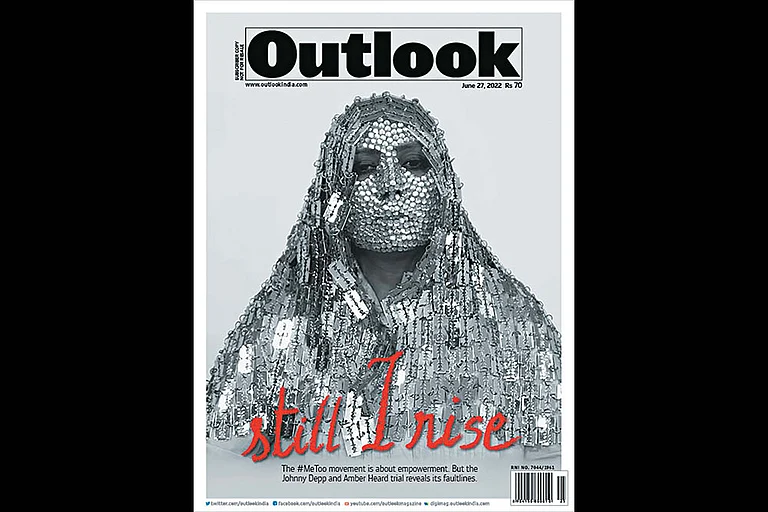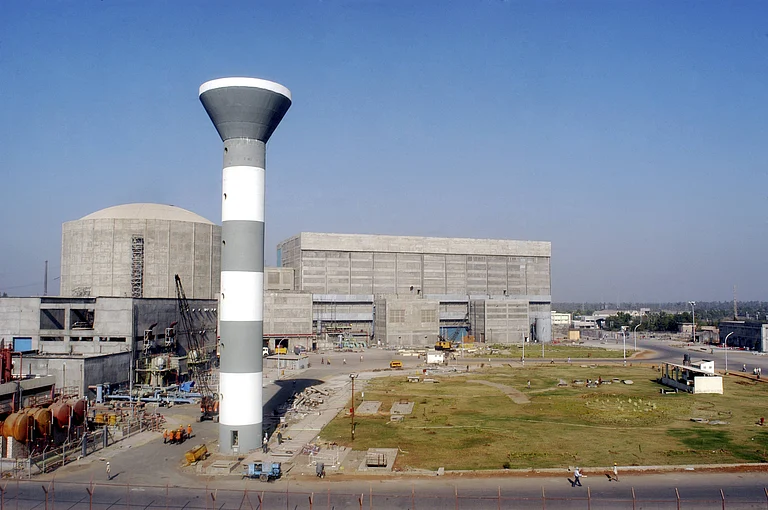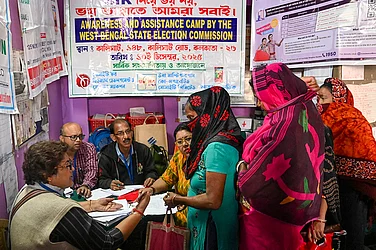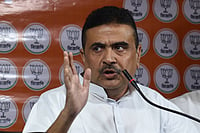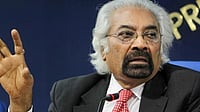Bang in the middle of the election season India’s public service broadcaster, Doordarshan, changed the colour of its logo. The saffron colour sparked a major debate and provoked criticism from Opposition parties.
Opposition leaders have taken exception at saffron since it is closely associated with the Bharatiya Janata Party.
Leaders from across the political spectrum dubbed this change as the ‘saffronisation’ of public broadcasting and accused the ruling party of using the channel as a tool of propaganda.
This is not the first time the broadcaster has faced such allegations. Since Emergency of 1975-1977, there have been numerous instances when Doordarshan, or DD, has been accused of working in alignment with the regime.
When Ramanand Sagar’s Ramayana sparked debate
Iconic television series Ramayana, which was written and directed by Ramanand Sagar, was first aired on Doordarshan in 1987. Soon after, it sparked a cultural phenomenon of sorts, a wave unprecedented in the history of Indian Television.
When the show garnered record-breaking viewership, a section of people raised concerns regarding the dramatisation of the sacred Hindu religious text. They objected to actors “playing god” and projecting divine figures in human form, viewing it as commercialisation of Ramayana.
However, a different debate snowballed into a big controversy. Critics argued that Doordarshan, as the public broadcaster of a secular nation, had violated the principle of neutrality by giving a platform to overtly Hindu religious programming.
Activists and politicians associated with the left side of the political spectrum accused Doordarshan of promoting “Hindutva” or Hindi nationalist agenda at the cost of the nation’s secular and diverse fabric.
During the early 1990s, the controversy was further amplified as the series played out against the backdrop of the rising Ram Janmbhoomi movement spearheaded by the newly-formed Bharatiya Janata Party (BJP).
Arvind Rajgopal, a professor at New York University and a media critic, in his book ‘Politics After Television’ wrote thus:
“The Ramayan achieved record viewership in virtually every part of the country (something no serial before it had done), and made Sunday mornings “belong” to it; any public event scheduled for that time courted disaster. With such publicity given to its pre-eminent symbol, the god-king Ram, the Hindu nationalist Bharatiya Janata Party was emboldened to declare, by the middle of 1989, that the Ayodhya movement “had reached a state and status in Indian public life when it was no more possible to ignore its effect in politics, including electoral politics.” The issue was officially declared to be political, with the BJP making it their number one priority that “a grand temple to Lord Ram” would be built at the site of the mosque.”
Apart from the religious and political disputes, Sagar’s adaptation also faced criticism for its perceived poor execution and production values. Former Information and Broadcast Secretary SS Gill, the man who claimed credit for first proposing the idea of the Ramayana, expressed disappointment with the actual portrayal.
However, supporters of the series brushed aside all the criticism as the show garnered 650 million viewers tuning in across the country and 55 other countries where it was telecast. They felt the philosophical and moral lessons from the epic had universal appeal.








